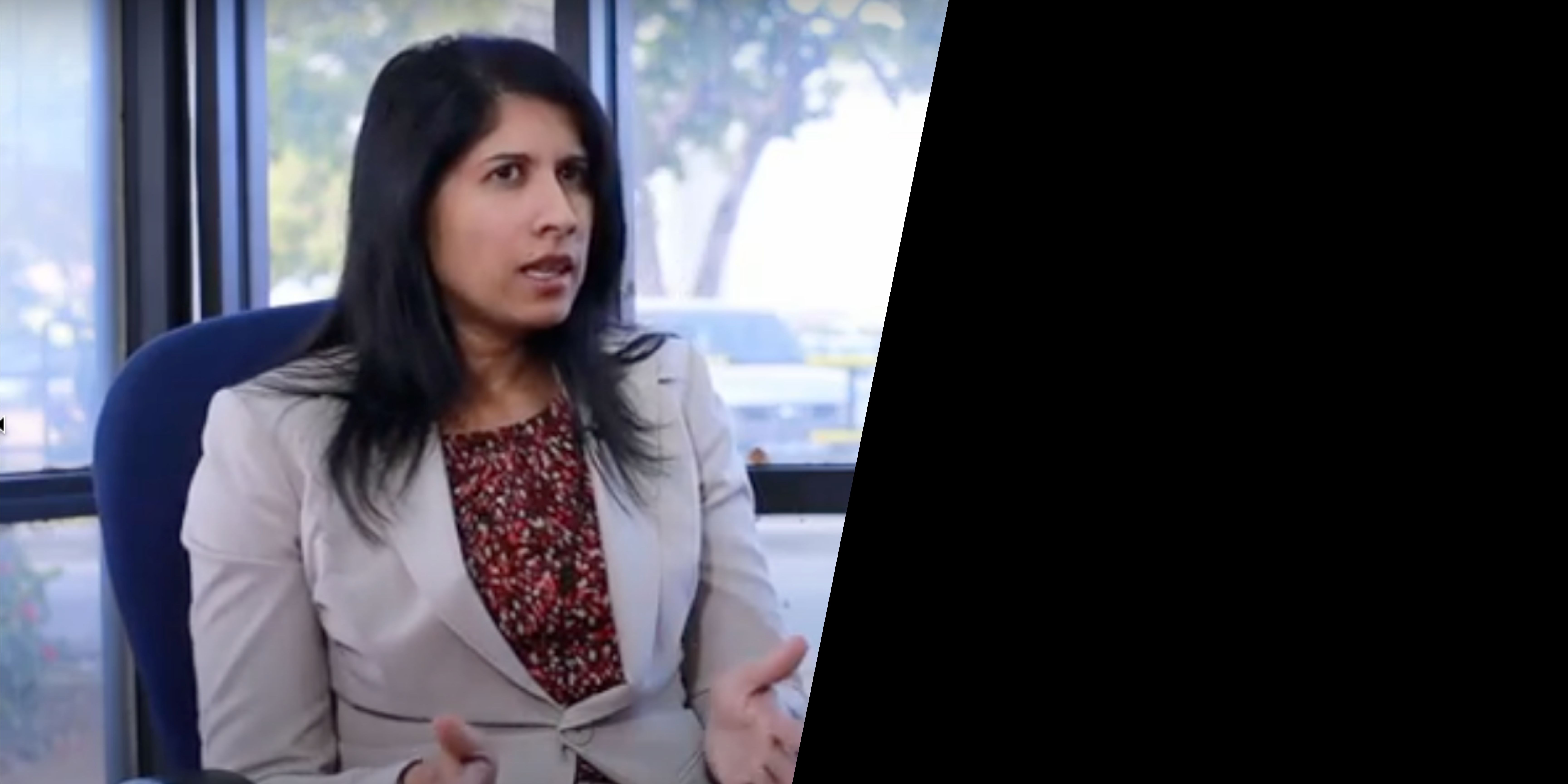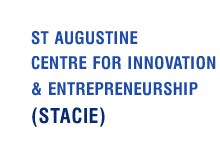
In partnership with liquified natural gas producer Atlantic LNG and the InterAmerican Development Bank (IDB), The University of the West Indies has kick-started economic and social development in southwest Trinidad. The Southwest LED project was launched in 2012 to design and implement a framework to guide interventions that improve the standard of living, create sustainable employment—particularly non-energy jobs—achieve greater food security, and raise the level of entrepreneurial activities of six communities.
These communities—Point Fortin (where Atlantic LNG’s operations are based), La Brea, Chatham, Buenos Ayres, Cedros and Icacos— set the priorities for the project and were directly engaged in its activities.
Senior specialist at the IDB Vashtie Dookiesingh highlighted a key challenge for communities in which mining and extractive companies are the dominant drivers of economic activity. “Over time, there is a sort of dependency that is built around these companies,” she said, “so that the economic and social performance rises and falls with the presence or absence of a large corporate.”
Dr Roger Hosein, LED project team lead, senior lecturer and coordinator of the Trade and Economic Development Unit of the Department of Economics at The UWI, added that revenue generated when companies extract oil and gas from southwest and southeast Trinidad are not adequately reinvested in the people of these regions. For these communities, poverty levels and unemployment has remained higher than the national average.
Understanding these key issues, Atlantic LNG wanted to adopt a model for the work they did as part of their corporate social responsibility that would have long-term reach and a sustainable impact on the community. They also wanted the people of the community to be at the centre of any decisions that were made. That led them to local economic development.
The Head of Sustainability and Corporate Communications at Atlantic LNG, Camille Salandy said that the project was a large investment with big goals. She added, however, that there would be challenges. “It’s a long process, and change doesn’t come overnight,” she said.
What is LED?
Local economic development is an approach to economic development that involves local people working together to achieve sustainable economic growth and social development within their communities. Public and private stakeholders are included in the decision-making and actions that improve the quality of life of all residents in their local area.
This participative model of development, Dr. Hosein believes, can be more successful than traditional approaches. He said: “What we have done in the past is used a top-down approach in which development strategies start from a high-level government layer and is supposed to trickle down to the grassroots level. We have found, over time, that this philosophical approach to planning economic development within communities has failed. And so, local economic development takes the inverse approach: it takes the grassroots level and allows growth to filter upwards.”
How it worked
Atlantic LNG, in partnership with the IDB, approached STACIE for help developing a project with the ambitious goal of bringing sustainable development to southwest Trinidad. Cheryle Dubay-Tewarie, Manager, Research Funding and Business Development at STACIE said collaboration was key. “The project design was fortunate to be the beneficiary of partners who wanted the same outcome,” she said.
After stakeholder consultations and establishing baseline conditions to diagnose the needs of the area, STACIE helped design the Southwest LED project and provided the expertise to implement it in the field.
One key success factor for the project was integrating the right public and private sector partners who would work together for the benefit of the region. The project brought together local government bodies, including the Pt Fortin Borough Corporation and the Siparia Regional Corporation, with academia, business and civil society.
Dookiesingh said the success of the project rested on the ability to build trust between the partners. “Being able to sustain consensus on the priorities and the way those priorities should be executed,” she said, “took a lot of time in building trust, gaining the confidence [of the community], and ensuring that people remained engaged.”
Supporting micro-entrepreneurs
A major objective of the project was to provide business training to small and micro-enterprises within the region. Over the life of the project, nearly 200 entrepreneurs were trained or mentored in running successful businesses. The training covered a range of business principles such as developing business plans, finance and bookkeeping, marketing, accessing loans and financing, finding suppliers and building networks.
Chunilal Roopnarine, owner of Nature’s Best Apiaries, participated in the LED business training workshops and said they helped fill an important gap in his knowledge. “In the case of the farming industry, the ministry would have trained a number of people to do farming. But they would never have trained the farmers to be businesspeople,” he said. “So, you produce a product and you can’t sell the product because you have no idea how to go out there and market your product ... these trainings we really die-hard needed to create a complete package.”
Since being trained, Roopnarine has added to his product line, creating and selling honey-based products such as wine, vinegar, soaps and beeswax sheets, in addition to the honey he sold before. Like him, other micro-entrepreneurs have recorded success in their businesses after participating in the project. Some have been able to access soft loans for equipment to increase their production; others have gone on to sell their products in groceries in the area and some are expanding to begin exporting to other countries.
Building the youth
Another important component of the LED project was investing in the development of the young people of the region. That led to the team developing Aganar, which is a youth workforce developmental programme that uses sport to teach life skills such as teamwork, communication, self-respect, and discipline. Cedros Secondary School, as well as Pt Fortin East and West Secondary Schools all participated in the programme.
Principal of Pt Fortin East Secondary, Ainsley Gopaul, said that his teachers reported a positive difference in the students who participated in the Aganar programme. Teachers reported fewer disruptions in class and said students now showed more interest in the curriculum and performed better academically. Today, many of the graduates extend their education past secondary school, with some pursuing vocational training at the National Energy Skills Centre (NESC).
What’s next?
The lessons of the Southwest LED project, the team hopes, will create a model for development that can be used in other regions throughout the country.
In Point Fortin, the Loan for Enterprise and Network Development Agency (LEND)—a microfinancing facility supported by Atlantic LNG— has been established to continue the work of the LED project. LEND is fully staffed and officially opened its doors in December 2014.
Dr. Hosein explained that with continued funding, the agency would “help steer the growth process in the southwest towards the development of goods that can fetch export revenues, and towards the development of jobs that are sustainable.” He added that development was a long-term goal and the job was not yet done. “Change is a work in progress,” he said.
Watch this video to learn more about this project.
Updated September 2021








